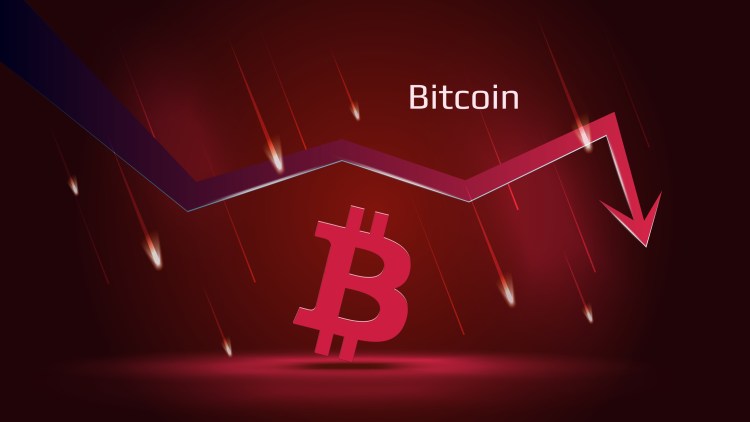Bitcoin’s famously noted four-year cycle, previously tied to its halving occurrences, could be losing prime market driver status, according to some top experts.
For decades, the halving—a built-in reduction of miner compensation every four years—had been preceded by sharp spikes and precipitous drops in price.
Now, however, the market is more subject to the influence of institutional money, regulated investment products, and general economic forces.
Halving’s Control Fades As Rivals Gain Strength
Pierre Rochard, CEO of The Bitcoin Bond Company, noted the halving’s supply shock is much lower now compared to Bitcoin’s early days, where the majority of the coins were still being mined.
Back then, cutting rewards had a clear and heavy impact on the market. In April 2024, Bitcoin’s price pattern broke from tradition.
It seems more likely than not that the 4 year cycles are over. Halvings are immaterial to trading float, 95% of the BTC have been mined, supply comes from buying out OGs, demand is the sum of spot retail, ETPs getting added to wealth platforms, and treasury companies.
— Pierre Rochard (@BitcoinPierre) August 11, 2025
It had already hit a record above $74,000 in March—weeks before the halving—helped by the US approval of spot Bitcoin ETFs and a wave of institutional buying.
Others are of the belief the halving still has a role to play, but no longer determines the price of Bitcoin. They talk about the increased importance of liquidity, ETF trades, and sentiment among investors and they point out these now carry the same weight as supply reductions.
Halving’s Role Shrinks As Market Hits Record Highs
Others feel the event is still relevant to miner economics and the long-term shortage narrative but has lost some of its power in influencing short-term pricing.
To them, halving is simply an element of a larger picture involving macroeconomic trends and foreign capital inflows.
Figures published by CoinMarketCap indicate that the combined cryptocurrency market capitalization hit a record high of $4.15 trillion, breaking its previous record of $3.80 trillion.
Trading has seen increased levels of action, with over $140 billion of cryptocurrency exchanged in the last day.
Some observers are warning against writing off the four-year cycle as dead at this time. Excessive optimism often appears near market peaks, when many traders over-extend themselves and end up taking losses.
Others went even further and claimed the cycle was never a law of nature but a consequence of the original design of Bitcoin, controlled by retail investors.
In the meantime, the four-year cycle may be complete, according to Rochard, as halvings have little impact with 95% of BTC mined and retail, ETPs, and corporate treasuries leading demand.
Featured image from Meta, chart from TradingView





















+ There are no comments
Add yours